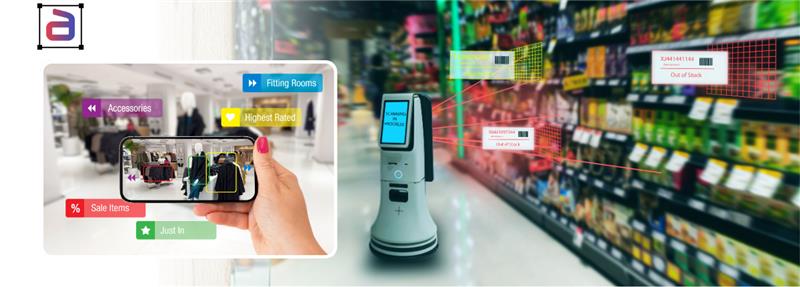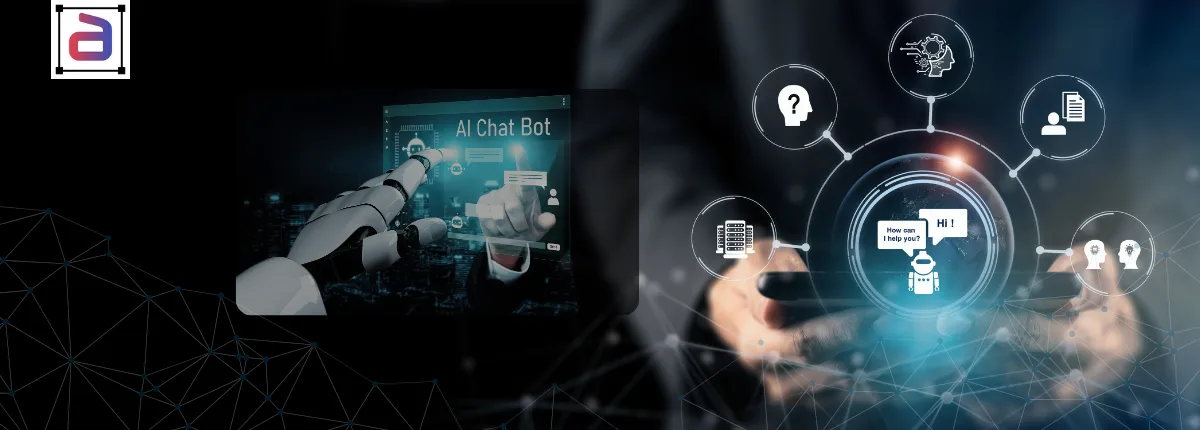Autonomous systems—whether delivery drones, warehouse robots, or self-driving cars—are no longer futuristic prototypes. They are rapidly becoming a part of everyday life. But what separates a reliable autonomous system from one that fails in critical moments is the quality of the data it is trained on. High-quality data annotation for autonomous systems is the invisible engine that fuels safety, intelligence, and adaptability.
According to McKinsey, up to 70% of AI initiatives fail due to poor-quality data. For autonomous systems, the stakes are even higher, as errors can result in safety hazards, reputational damage, or costly downtime. That is why annotation has moved from being a back-office task to a strategic priority for enterprises investing in robotics and AI.
Why High-Quality Data Annotation Matters
Annotation provides the labels and context that transform raw data—images, video, LiDAR scans, or text—into training material for AI. For autonomous systems, this ensures:
- Accurate Perception: Robots can identify obstacles, people, and other objects with precision. For example, self-driving cars must distinguish between a pedestrian, a cyclist, and a roadside object within milliseconds.
- Contextual Understanding: Systems interpret surroundings (e.g., recognizing a stop sign versus a billboard, or distinguishing between an empty shelf and one stocked with products in a warehouse).
- Reliable Decision-Making: Annotated datasets allow AI to predict actions, plan routes, and avoid accidents. This is critical in industries such as aviation and healthcare, where poor decisions can put lives at risk.
- Adaptability: Continuous annotation feeds models with new scenarios, ensuring robots adapt to changing environments, from snowy roads to unexpected warehouse layouts.
Without annotation, autonomous systems operate on guesswork. With it, they develop intelligence that mirrors human perception and improves over time.
Key Annotation Techniques in Robotics
Autonomous systems require diverse annotation methods to “see” and interpret the world:
- Bounding Boxes: Used for quick detection and classification of objects like vehicles, packages, or pedestrians. This is the most common method for training perception systems in AVs and drones.
- Semantic Segmentation: Labels every pixel to distinguish roads, aisles, and restricted zones, providing the system with a precise understanding of drivable and safe areas.
- Polygons & Polylines: Capture irregular shapes such as robotic arms, tools, and complex machinery, enabling fine-grained labeling beyond rectangular shapes.
- 3D Point Cloud Annotation: Essential for LiDAR, enabling spatial awareness and depth perception in self-driving cars, drones, and warehouse automation.
- Keypoint Annotation: Tracks human movements, gestures, or robotic arm alignment, helping systems predict intent and improve human-robot collaboration.
Each technique contributes to creating robust datasets that prepare robots for real-world complexity. Companies like Waymo and Boston Dynamics use combinations of these methods to ensure their systems work in unpredictable environments.
Challenges in Annotating Data for Autonomous Systems
Developing autonomous systems requires massive amounts of annotated data, but creating this data poses significant hurdles that affect cost, safety, and timelines. Some of the most pressing challenges include:
- Scale: Millions of images, countless hours of video, and terabytes of LiDAR data need to be labeled for a single project. For example, training a self-driving car model may require billions of annotated frames covering different terrains, weather conditions, and times of day. Managing this volume without automation and outsourcing quickly overwhelms in-house teams.
- Edge Cases: Rare but critical scenarios—such as a child suddenly running into traffic, unusual vehicles like tractors appearing on highways, or a worker dropping a box in a warehouse—must be captured and annotated with high precision. These rare events often determine whether a system can operate safely in the real world.
- Consistency: Large annotation projects usually involve hundreds of annotators across different locations. Ensuring they all apply the guidelines consistently is difficult but essential. Inconsistent labeling confuses AI models, reducing performance and making systems less reliable in safety-critical situations.
- Bias Risks: Datasets must reflect the real diversity of conditions an autonomous system will face—urban vs. rural environments, sunny vs. snowy weather, daytime vs. nighttime, crowded vs. empty spaces.
- Compliance: Many datasets contain sensitive information, such as human faces, license plates, or patient details. To meet GDPR, HIPAA, and other privacy regulations, data must be anonymized and handled securely. Failing to do so not only risks fines but also undermines public trust in autonomous technology.
These challenges highlight why annotation in autonomous systems is more than just a labeling task—it is a strategic, ongoing effort requiring scale, precision, and compliance-first workflows.
Industry Applications
- Autonomous Vehicles: Annotated video and LiDAR datasets enable cars to recognize pedestrians, cyclists, traffic signs, and road hazards. Tesla, Waymo, and GM Cruise all rely heavily on annotated training data.
- Drones: Annotated aerial imagery allows drones to navigate safely, deliver packages, and monitor agricultural fields for crop health. For example, drone annotation is helping farmers optimize yields through precision agriculture.
- Warehouse Robots: Annotated images of inventory, shelving, and layouts improve efficiency in logistics operations. Amazon’s robotics fleet relies on annotation to navigate massive warehouses accurately.
- Healthcare Robotics: Annotated medical images and patient interaction data help assistive robots operate safely in clinical settings, from delivering supplies to aiding surgical teams.
The Role of BPO in Autonomous Data Annotation
Creating high-quality datasets internally is often unsustainable for enterprises. Also, BPO partners provide:
- Scalability: Large, distributed teams to annotate millions of frames quickly, reducing time-to-market for AI solutions.
- Expertise: Annotators trained in robotics, healthcare, automotive, and logistics domains, ensuring context-specific accuracy.
- Quality Assurance: Multi-layer QA frameworks, including consensus checks and gold-standard datasets, to ensure consistency and reliability.
- Compliance: Secure workflows aligned with GDPR, HIPAA, and ISO standards to protect sensitive data while meeting global regulations.
- Cost Efficiency: By outsourcing, organizations reduce overhead while gaining access to specialized teams and advanced annotation tools.
According to Gartner, companies that scale AI with outsourcing partners are 30% more likely to achieve production-ready systems within budget and timeline.
Annotera’s Expertise in Data Annotation for Autonomous Systems
At Annotera, we specialize in high-quality data annotation for autonomous systems. Our services include:
- LiDAR and 3D point cloud annotation for precise spatial awareness.
- Image and video annotation tailored to robotics perception in warehouses, vehicles, and drones.
- Bias-aware workflows that ensure datasets cover diverse conditions, reducing blind spots.
- Human-in-the-loop QA to refine accuracy, validate edge cases, and ensure safety-critical reliability.
With Annotera, robotics companies and autonomous system developers gain datasets that are accurate, secure, scalable, and production-ready. Our tailored approach ensures faster deployment, stronger compliance, and safer real-world outcomes.
Executive Takeaway
Autonomous systems are only as good as the data that trains them. High-quality annotation is not just about accuracy; it is also about safety, compliance, and innovation. Companies that prioritize data quality and partner with annotation experts will lead the next wave of robotics and AI adoption, setting new benchmarks for reliability and trust.
Contact Annotera for Annotation for Autonomous Systems
Training the next generation of robots begins with better data. From bounding boxes to 3D point clouds, annotation transforms raw inputs into intelligence that drives autonomy.
Ready to fuel your autonomous systems with high-quality data annotation? Connect with Annotera today and discover how our services power safer, smarter, and more reliable robots.


